My track record
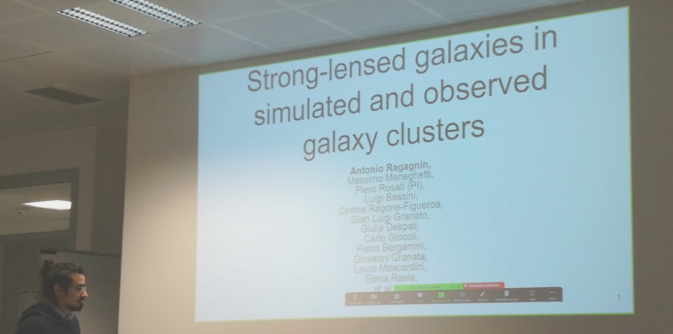
Download my Curriculum Vitae (updated at September 2024)
Check my SAO/NASA ADS complete list of pubblications
Check my ORCiD 0000-0002-8106-2742

I am a fixed-term research staff member at INAF-OAS. I specialize in cosmological hydrodynamic simulations, zoom-in simulations of galaxy clusters, high-performance computing (HPC), GPUs, self-interacting dark matter, and multi-wavelength mock observations (X-ray, SZ, optical, as well as derived weak and strong lensing signals).
Collaborations: Euclid, Magneticum, OpenGadget3, HydroSims, Darkium

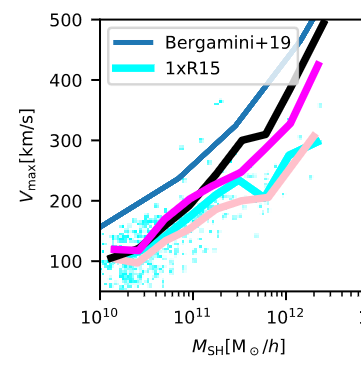
Meneghetti et al. (2020) highlighted a tension between ΛCDM simulations and GGSL observations. In Ragagnin et al. (2022a), we tested the well-motivated hypothesis that AGN physics could resolve this issue and we concluded that it can not. No current ΛCDM simulation reproduces the observed cores of galaxy clusters. While investigating this problem, I found that this tension is closely linked to the fact that most hydrodynamic simulations tend to overestimate BCG masses.
Resources: youtube presentation recording
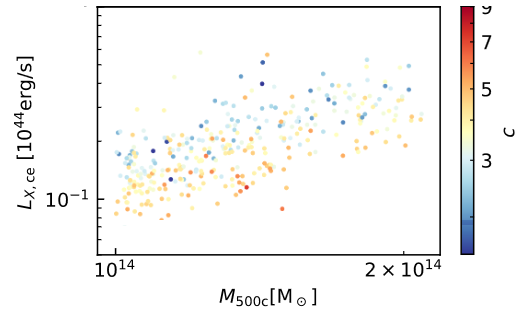
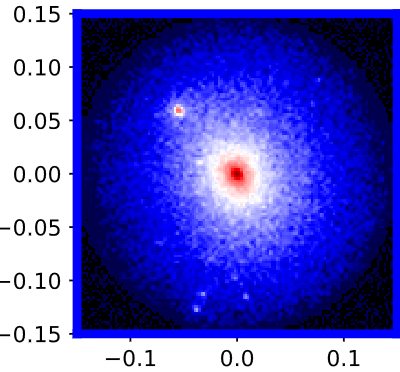 This promising particle-physics-motivated dark matter model can strongly influence the evolution of halos.
In Ragagnin et al. (2024),
I present one of the first simulation suites (based on Dianoga ICs; see Rasia et al. 2014)
of galaxy clusters incorporating full baryon physics and SIDM.
We found that SIDM can significantly affect the abundance of satellites.
This promising particle-physics-motivated dark matter model can strongly influence the evolution of halos.
In Ragagnin et al. (2024),
I present one of the first simulation suites (based on Dianoga ICs; see Rasia et al. 2014)
of galaxy clusters incorporating full baryon physics and SIDM.
We found that SIDM can significantly affect the abundance of satellites.
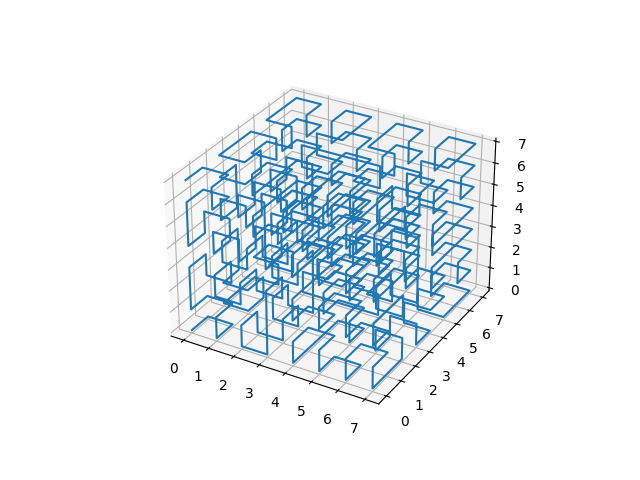 I am developing a flexible and modular new implementation of a Gadget-like code
(temporary project name: hotwheels),
incorporating over a decade of experience working with HPC.
It is designed to leverage multicore and GPU architectures, with a strong emphasis on
modularity and miniapps, which are essential for collaboration with HPC facilities and GPU vendors.
I am developing a flexible and modular new implementation of a Gadget-like code
(temporary project name: hotwheels),
incorporating over a decade of experience working with HPC.
It is designed to leverage multicore and GPU architectures, with a strong emphasis on
modularity and miniapps, which are essential for collaboration with HPC facilities and GPU vendors.
Follow the progress on Mastodon: astrodon.social/@HotWheelsSims
Check the repository: www.ict.inaf.it/gitlab/hotwheels
 I am the lead author of a paper for the
Euclid Collaboration: Ragagnin et al. (2025).
Within this collaborative effort between observational and simulation teams, I produced mock observations from various multi-wavelength data sources
(X-ray, SZ, optical, and inferred weak lensing signals).
The paper presents a Euclid-tailored covariance matrix for realistic mock observations across these wavelengths and explores the impact of projection effects,
which will assist future cosmology studies based on multi-wavelength observations.
I am the lead author of a paper for the
Euclid Collaboration: Ragagnin et al. (2025).
Within this collaborative effort between observational and simulation teams, I produced mock observations from various multi-wavelength data sources
(X-ray, SZ, optical, and inferred weak lensing signals).
The paper presents a Euclid-tailored covariance matrix for realistic mock observations across these wavelengths and explores the impact of projection effects,
which will assist future cosmology studies based on multi-wavelength observations.
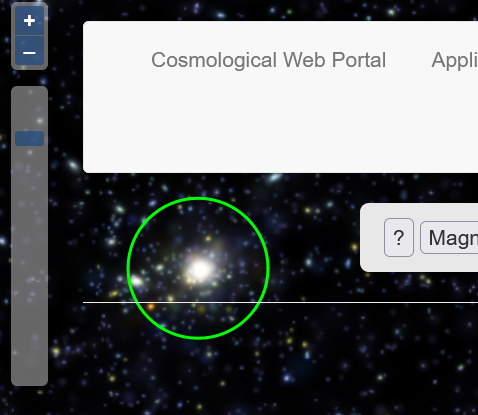 The c2papcosmosim.uc.lrz.de web portal to
allows to explore Magneticum simulation results and submit mock-observation jobs through
a dedicated computing queue.
It features a user-friendly graphical interface to navigate large simulated volumes,
perform complex queries on galaxy cluster catalogs,
and execute specific post-processing tasks
(see Ragagnin et al. 2017).
The c2papcosmosim.uc.lrz.de web portal to
allows to explore Magneticum simulation results and submit mock-observation jobs through
a dedicated computing queue.
It features a user-friendly graphical interface to navigate large simulated volumes,
perform complex queries on galaxy cluster catalogs,
and execute specific post-processing tasks
(see Ragagnin et al. 2017).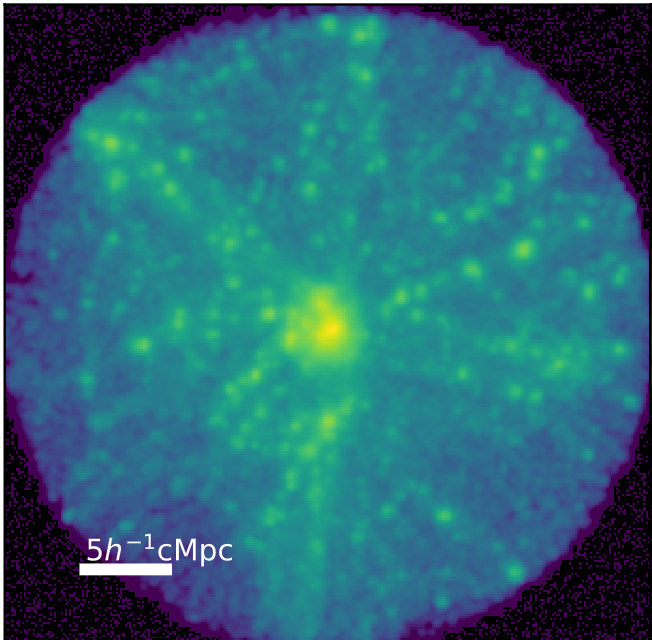 The github.com/aragagnin/g3read
repository contains a collection of Python tools for reading and post-processing Gadget2/3 snapshots,
particularly for Magneticum outputs (including the INFO block), and efficiently handling FoF/SubFind catalogs.
This repository includes core routines (g3read.py) that combine elements of Pynbody and ported legacy (Klaus') IDL routines.
The library utilizes the GadgetFile class from Pynbody. If available, g3read will also leverage Numba for optimized performance.
The github.com/aragagnin/g3read
repository contains a collection of Python tools for reading and post-processing Gadget2/3 snapshots,
particularly for Magneticum outputs (including the INFO block), and efficiently handling FoF/SubFind catalogs.
This repository includes core routines (g3read.py) that combine elements of Pynbody and ported legacy (Klaus') IDL routines.
The library utilizes the GadgetFile class from Pynbody. If available, g3read will also leverage Numba for optimized performance.
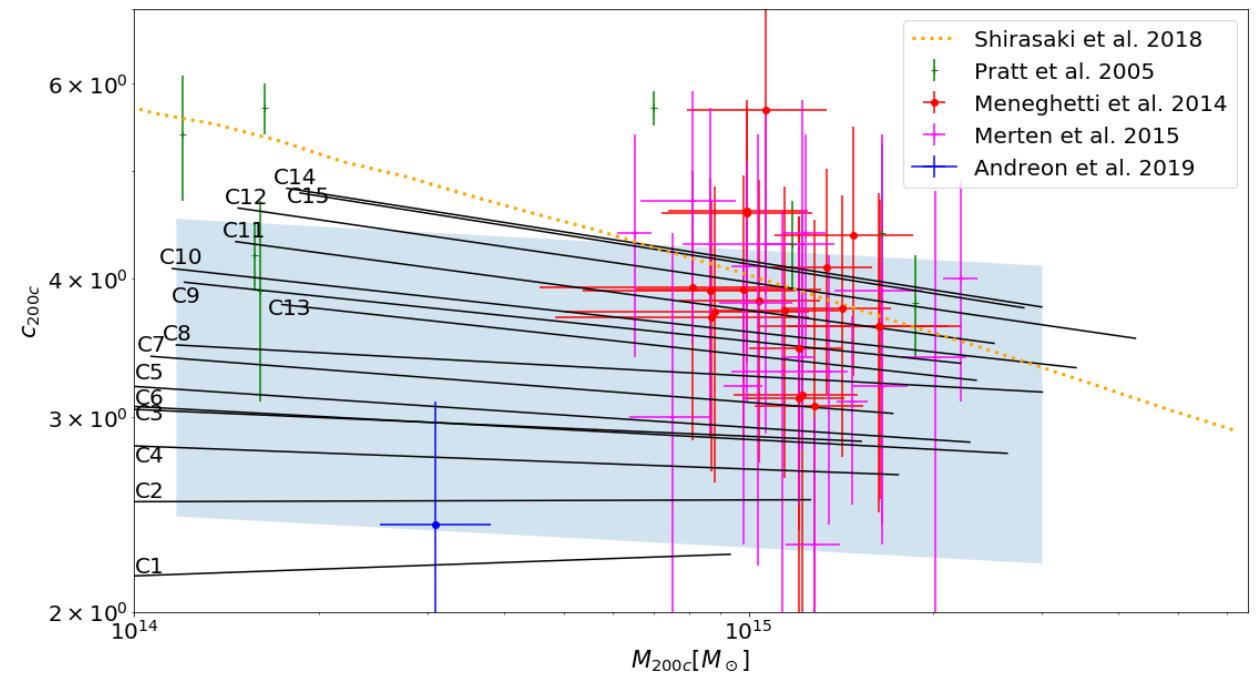
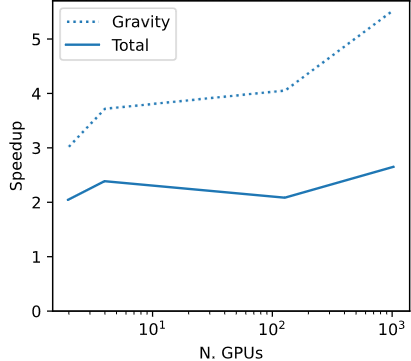 I ported the integration of various Gadget physics integrators
(gravity, SPH density, SPH hydrodynamics, and thermal conduction) on GPUs.
This was a significant collaborative effort, involving multiple hackathons and
long-term partnerships with CSCS, PGI, and NVIDIA (see my CV).
For further details, see my paper: Ragagnin et al. (2020).
I ported the integration of various Gadget physics integrators
(gravity, SPH density, SPH hydrodynamics, and thermal conduction) on GPUs.
This was a significant collaborative effort, involving multiple hackathons and
long-term partnerships with CSCS, PGI, and NVIDIA (see my CV).
For further details, see my paper: Ragagnin et al. (2020).
Resources: youtube presentation recording